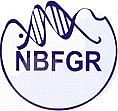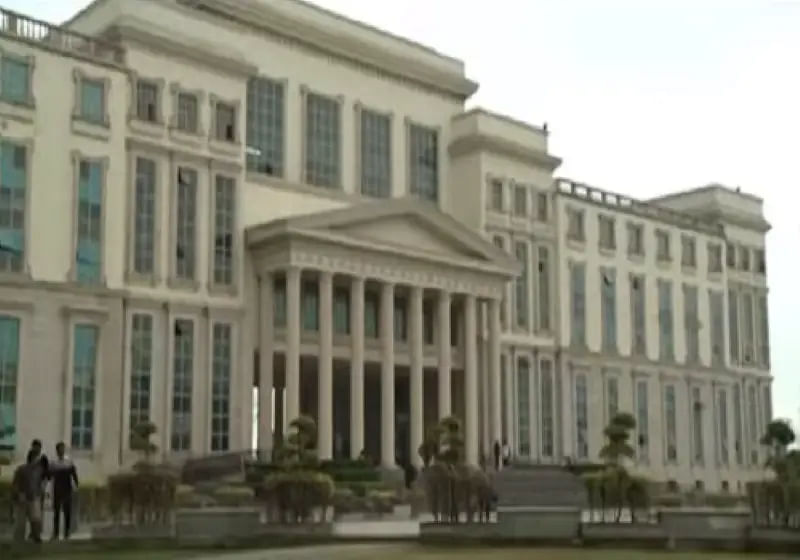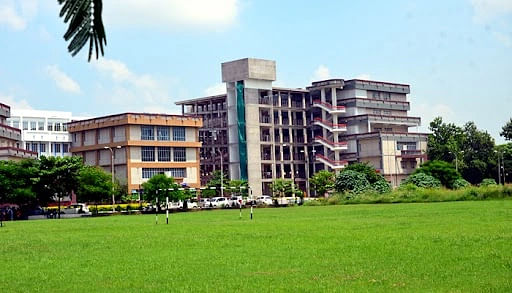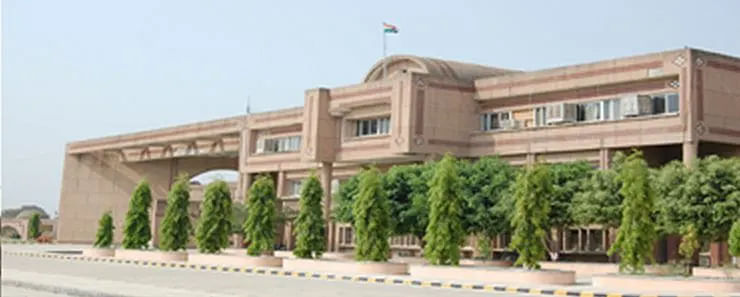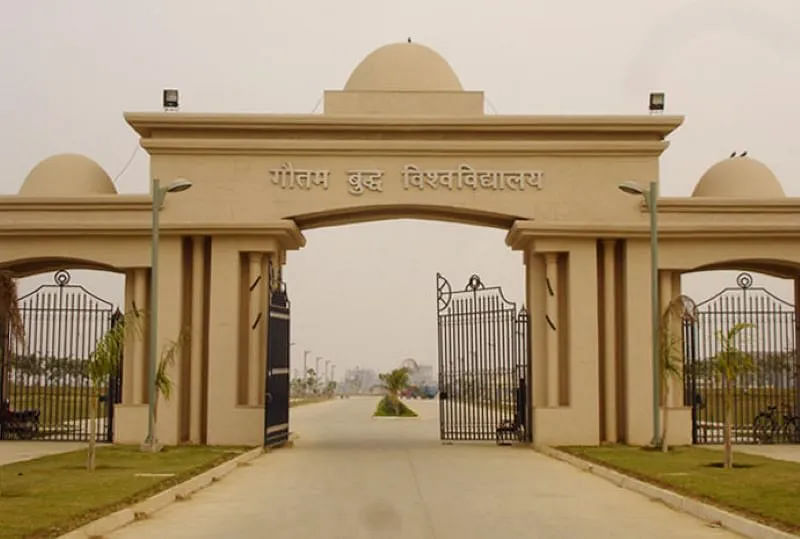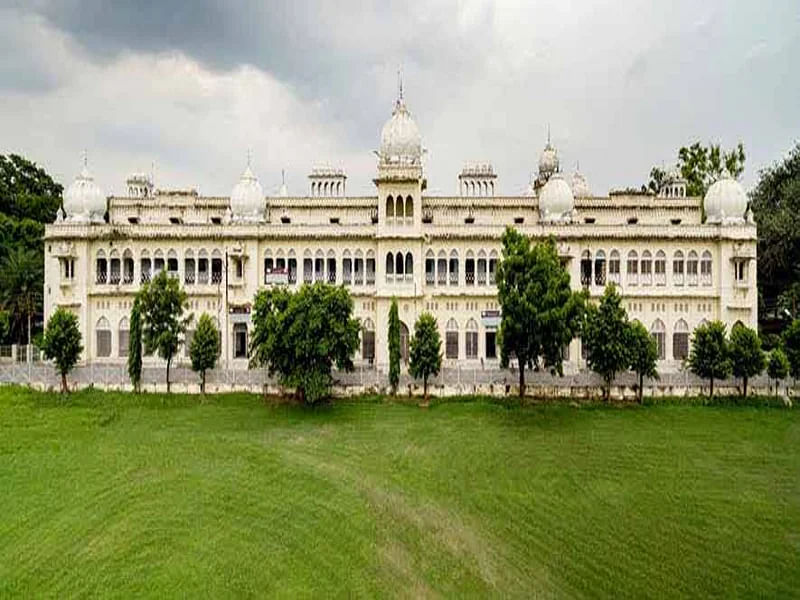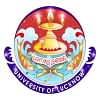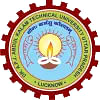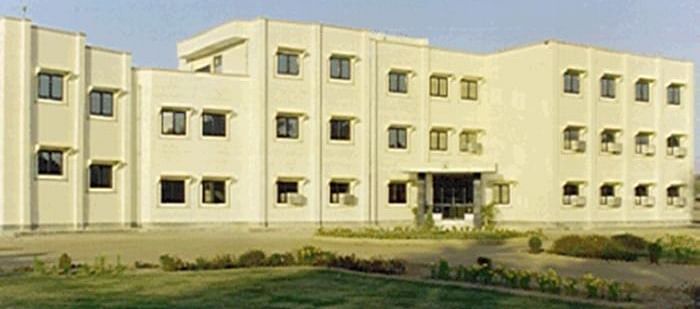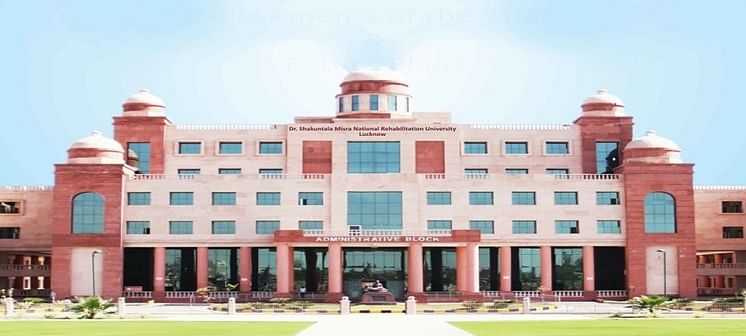- Canteen
- Cafeteria
- Library
- Auditorium
Facilities :-
LIbrary
The NBFGR Library and Documentation Unit acts as a repository of literature and information and provides latest information in the field of fish diversity conservation, fish genetics, fisheries and related aspects.
Resource Development
The library added a total of 439 documents comprising 216 books, 164 serials and 59 annual reports. Now, the library has the total collection of 5133 books, 2132 bound volumes of journals, 2703 serials and 2261 reprints. The library has subscribed to 34 international current journals and 59 Indian current journals. In addition to these 46 current journals were received on gratis/exchange basis. The library also subscribed to 110 electronic journals of Blackwell Publishing, related to Agriculture, Plant Sciences, Fisheries, Aquaculture and Ecology.
Library Automation
The NBFGR Library is operating in fully automated environment. The various activities of library have been computerized using integrated library management software Libsys. The record of books, journals, maps etc, were entered in the database. Barcoding of books, periodicals and maps for automated circulation was undertaken. Online Public Access catalogue was made available for the library users.
Readers and Reference Services
A total of 8337 documents were borrowed and 1345 users consulted 8337 documents in the library. A total of 232 scientists, professors and research scholars from other institutions consulted the library. The references from different databases using Internet were searched and arranged according to suit the requirements of users by using the Reference Manager and ‘Biblioscape: Research Information Manager’ software.
Agriculture Knowlegement Management Unit
The AKMU at National Bureau Fish Genetic Resources is a centralized information technology resource center in facilitating the various information technology services like internet, intranet, email, database and local area network for file, resource and data sharing. The cell is also actively involved in GIS and remote sensing works such as Image processing and mapping, Spatial mapping and modeling and other cartography works. The cell also organizes and imparts the training on database development, LAN and, use of the Application development using application development tools and programming languages, development and maintenance of databases, website development, and web based application development and Bioinformatics to the end users.
The communication and resource sharing facilities are provided to the end users through local area network services and through wifi internet connectivity. All the computers and peripheral devices like printers and scanners and data storage devices in the Bureau are on local networked environment. The bureau has own domain registered with ERNET and the web and email services to the users are provided through this domain. The bureau is using the microwave link of 6 Mbps provided by M/s Software Technology Parks of India for internet and emailing services. The AKMU of the bureau has developed the web mail application for exchanging the emails and Web Services. To disseminate the web, internet, email and database services the aris cell has deployed a number of servers like, webserver, UTM, mail server and database server. To secure the data, files and emails from threats and intrusions the cell has provided the safeguard measures by deploying the antivirus server, virus and spam filtering server and firewall. All the client computers have been provided the antivirus software to protect the data and files from virus, worms, spywares, trojans and other threats.
GIS Facility
In order to facilitate GIS and Remote Sensing work on the fish genetic resources of India a small GIS Laboratory has been establish in AKMU. The GIS lab is well equipped with hardware and software required for GIS and remote sensing work. The GIS studies at Bureau involve development of spatial databases, thematic maps and 2D and 3D modelling. Some of the works done at Bureau includes occurrence mapping of fish genetic resources reported from rivers and streams of India, mapping of region view fish diversity, development of species specific habitat condition map, mapping the water resources of India and arrangement of fisheries data, mapping and predation of fish diversity and abundance at different spatio-temporal scales, mapping water quality and sensibility mapping in relation to fish diversity and abundance. Presently, following hardware and software are available as a infrastructure facility and capacity building for GIS and Remote Sensing.
Hardware: Three Intel Xeon based computer workstation, One Intel Xeon based computer server. A0 size scanner, A3 size colour laser Jet Network printer.
Software: Arcview 3.2 with extension network analyst, spatial analyst and 3D analyst, ArcGIS with ArcInfo university Lab kit 10.0, ArcIMS, ERDAS imagine profession, PCI Geomatica.
High Performance Computing (HPC) facility
ASHAA, the AdvASHAA, the Advanced Supercomputing Hub for Aquatic Animals has been established at National Bureau of Fish Genetic Resources, Lucknow under NAIP funded subproject entitled 'Establishment of National Agricultural Bioinformatics Grid (NABG) in ICAR'. It is a hub for computational biology and bioinformatics to support frontier biotechnological research in fisheries domain. This includes integration of high performance system, attached network and parallel file system based storage. Further, this high performance computing system consists of hybrid hardware architecture of Linux and Windows based clusters i.e. Red hat Linux operating environment for HPC Systems and Window 7 for the workstations. Linkages with seven fisheries research tions under ICAR have been envisaged under this network which will help to bridge the gap of Omics information and knowledge within the fisheries domain. ASHAA will open up new vistas for molecular research in fisheries including genomics, transcriptomics, proteomics and metabolomics for enhancing the aquaculture production and development of improved varieties/strains.
Next Generation Sequencing (NGS)
The PacBio RS II is based on novel Single-Molecule, Real-Time (SMRT) technology, which enables the observation of DNA synthesis by a DNA polymerase in real time. Sequencing occurs on SMRT Cells, each containing thousands of Zero-Mode Waveguides (ZMWs) in which polymerases are immobilized. The ZMWs provide a window for watching the DNA polymerase as it performs sequencing by synthesis.
The PacBio RS II sequencing provides average read lengths in excess of >10 kb with ultra-long reads > 40 kb. The long reads are characterized by high 99.999% consensus accuracy, and are ideal for assembly, targeted sequencing applications, scaffolding and spanning structural rearrangements.
The PacBio Sequencing system includes an integrated software solution from beginning to end to support the key benefits of SMRT sequencing data: extraordinarily long reads, extremely high accuracy, exquisite sensitivity to variants, and unique epigenetic and methylation detection.
The PacBio RS II sequencing system allows scientists to rapidly and cost effectively generate finished genome assemblies, Full-length sequencing of intact transcripts, reveal and understand epigenomes, and characterize genomic variation. It achieves the industry’s longest read lengths and highest consensus accuracy.
High Performance Computing (HPC) facility
ASHAA, the AdvASHAA, the Advanced Supercomputing Hub for Aquatic Animals has been established at National Bureau of Fish Genetic Resources, Lucknow under NAIP funded subproject entitled 'Establishment of National Agricultural Bioinformatics Grid (NABG) in ICAR'. It is a hub for computational biology and bioinformatics to support frontier biotechnological research in fisheries domain. This includes integration of high performance system, attached network and parallel file system based storage. Further, this high performance computing system consists of hybrid hardware architecture of Linux and Windows based clusters i.e. Red hat Linux operating environment for HPC Systems and Window 7 for the workstations. Linkages with seven fisheries research tions under ICAR have been envisaged under this network which will help to bridge the gap of Omics information and knowledge within the fisheries domain. ASHAA will open up new vistas for molecular research in fisheries including genomics, transcriptomics, proteomics and metabolomics for enhancing the aquaculture production and development of improved varieties/strains.
Marlin Guest House
The institute has a small guest house of 12 well furnished rooms and 2 VIP suits with double bed occupancy and modern amenities that includes TV and internet. The guest house also has one dining and one common room equipped with LED TV and Desktop computer with internet facility.
